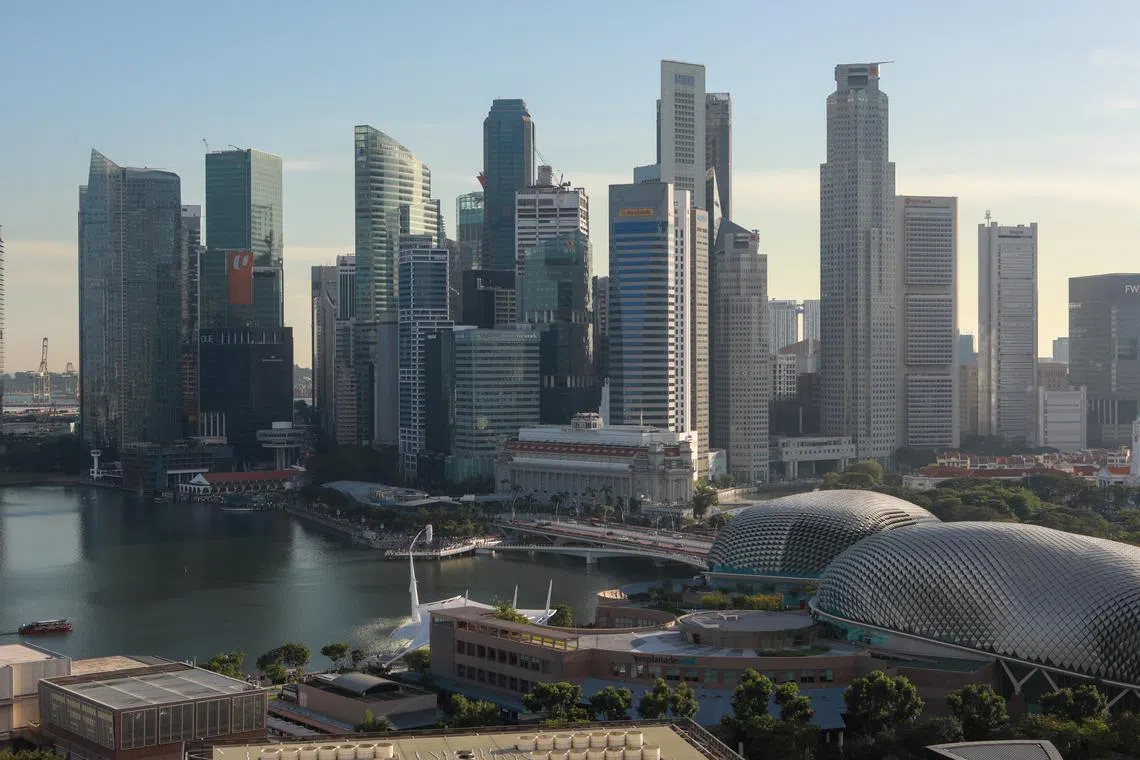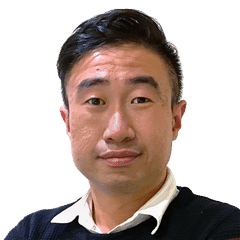Technical recession for Singapore depends on electronics, US, China economies: Lawrence Wong
Sign up now: Get ST's newsletters delivered to your inbox

Singapore’s economy shrank 0.4 per cent in the first quarter of 2023, over the last quarter of 2022.
PHOTO: ST FILE
Follow topic:
TOKYO – Whether Singapore’s economy enters a technical recession will depend on near-term external factors such as how the global electronics industry will fare, as well as the state of the Chinese and United States economies, said Deputy Prime Minister Lawrence Wong.
“There are a lot of uncertainties, but we will have to see what happens and how it impacts our economy,” he said. “For now, our domestically oriented sectors like construction as well as tourism still remain fairly resilient.
“So, we will monitor this closely, and we will consider what measures to take, should the downside risk or scenarios materialise.”
The factors of de-risking or decoupling in the world economy are
Singapore’s economy shrank 0.4 per cent in the first quarter of 2023, over the last quarter of 2022, official data showed on Thursday
Among the external challenges that Mr Wong cited on Friday were a downturn in the global electronics industry the Chinese economy a soft landing.
The global electronics downturn – with a slump in worldwide demand in advanced economies such as the US and the European Union – has hit Singapore’s manufacturing activity. Electronics accounts for 42 per cent of Singapore’s manufacturing output.
China, meanwhile, is struggling to stabilise its economic recovery after lifting Covid-19 curbs in late 2022.
While its economy grew 4.5 per cent year-on-year in the first quarter, its statistics agency had warned: “The situation abroad is still complex and volatile, inadequate domestic demand remains prominent and the foundation for economic recovery is not solid yet.”
Over in the US, the Federal Reserve is hoping to achieve a “soft landing” by taming rapid inflation – at 40-year highs – without causing unemployment to rise or triggering a recession.
Further clouding the outlook is the ongoing debt ceiling impasse, as the clock ticks down on a possible default
Mr Wong noted that building Singapore’s resilience against external shocks was a “work in progress”. “We have been progressively strengthening our supply chains over the years through different strategies, including stockpiling, diversifying our imports as well as local production where it is possible,” he said.
While Singapore has been taking steps to boost redundancies and build additional buffers so that it can cope with new disruptions, Mr Wong noted: “We can double the capacity of our stockpile, somebody has got to pay for it.”
“Additional resilience comes at a cost, and we have to think through carefully how much more to put in place. The right way to think about this is we are taking a dynamic and forward-looking approach. It is not static. So, we monitor risks very carefully,” he said.
“We look ahead over the horizon and see what new risks might materialise. And indeed, if the risks start building, then we buy more insurance along the way.
“And I think that is a more cost-effective way of building resilience, which we will continue to do.”


